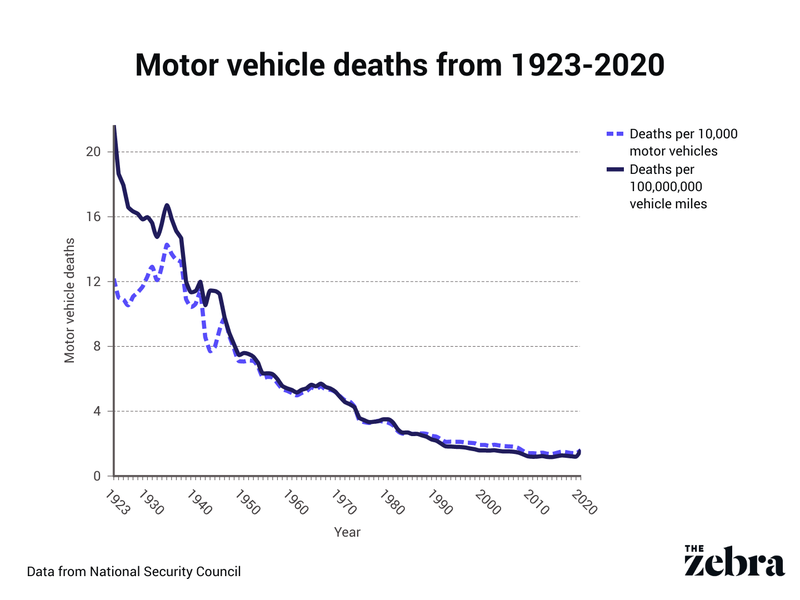Your car is as safe as it’s ever been. Every vehicle on the road is a miracle of ultra-high strength materials and impressive computing power, working together to protect you like a cocoon as you drive.
So why then are traffic deaths surging? According to data from the National Highway Administration, vehicle deaths rose 17% from the summer of 2019 until 2021. That was the largest two-year increase since the 1940s.
The answer isn’t engineering. There’s not a tech solution that can solve this issue. The real problem is psychology — we’ve grown too complacent behind the wheel.





